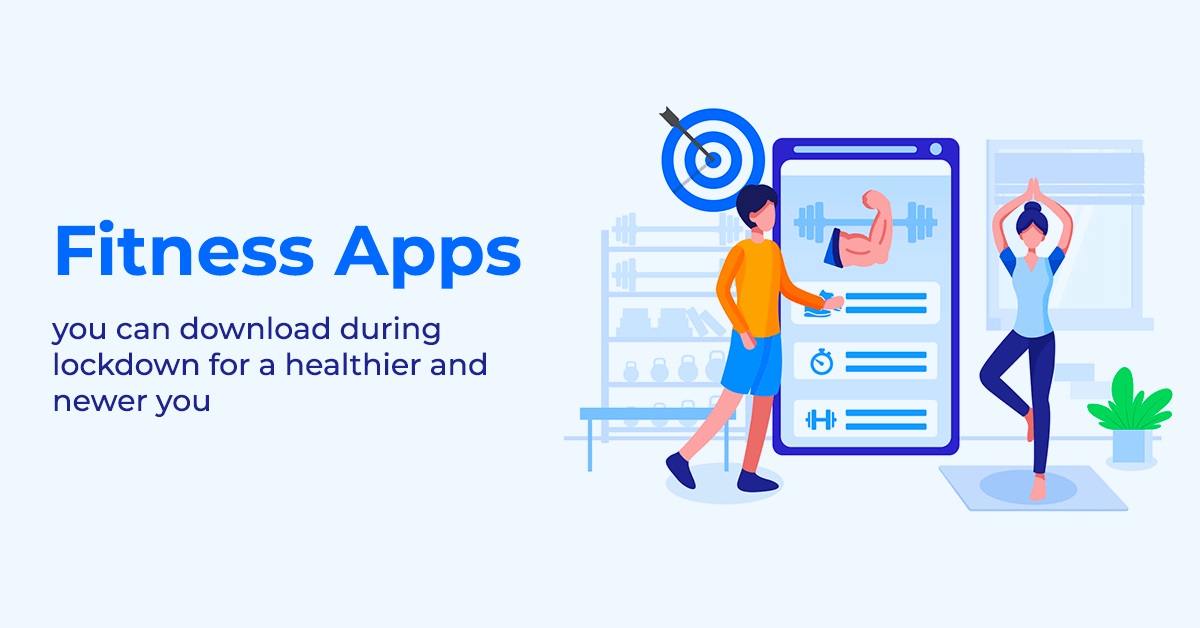Do You Really Need To Know Code To Launch an App These Days?

Rewind back to just a couple of years ago and developing your own mobile phone app was practically impossible without expert knowledge and writing lines of code. Nowadays, however, thanks to the beauty of technological advancement, no-code tools are now an up-and-rising method of app creation that have been praised by both app development agencies like dreamwalk.com.au and independent developers alike, for increasing the overall accessibility of app design as a discipline, and allowing virtually anyone to build apps and automate workflows with ease—no coding or technical skills required.
No-code tools and platforms have experienced a dramatic rise in popularity over the past few years due to the acceleration of digital transformation, and that growth continues to gain momentum well into 2022. In today’s article, we dive into everything you need to know about no-code app development — how it works, what you can build, how it stacks up to traditional development and everything in between. So, if you are a business owner or entrepreneur looking to develop your very own app without having to deal with the nitty gritty, read on to find out more.
What Is No-Code App Development?
In simple terms, no-code (or low-code) app development is a process which allows users to build mobile or web applications without having to use programming languages. Prior to the introduction of no-code development, users were required to have an in-depth understanding of coding languages like HTML & CSS, JavaScript, and Python in order to successfully create a usable web or mobile application.
On the other hand, no-code development methods do not require developers to write any lines of code, and instead, utilise a visual interface to help citizen developers build custom applications. Think of it as a drag-and-drop solution to building applications over the ‘trial and error’ approach that is characteristic of coded applications and websites.
What Can I Build With No-Code App Development?
The possibilities are endless when working with no-code app development tools. Generally, most no-code development tools offer different templates for social media apps, eCommerce apps, mobile games and many more. In addition, there are numerous ready-made layouts and pre-built components that you can combine to build complete, functional apps.
Some of the types of apps you can build or create with no-code app development include:
CRM Apps – A Customer Relationship Management (CRM) app helps businesses manage customer interactions and keep track of important information.
Social Media Apps — Social media apps often involve messaging, photo/video sharing and interactive content. There are multiple categories that social media apps can fall into.
Project Management Apps – A project management app assists team members in tracking deadlines and projects in real time so they can share relevant information with each other.
Listing Directories – A listing directory app is used by businesses to list products or services online.
Why Is No-Code So Popular in 2022?
According to a Gartner report, the surge in remote development and digital transformation as a result of the COVID-19 pandemic is a major driver that continues to boost both low and no-code adoption. Additionally, the time-savings benefits and autonomy of no-code tools are also likely to be primary drivers of usage in 2022.
This has made no-code app development increasingly popular amongst users with hobby app builders and expert programmers alike, due to increased efficiency, rapid prototype solutions and an overall ease of use. As more and more businesses continue to embrace digital transformation, we are expected to see the growth of no-code development continuing into 2023 and far beyond.
Benefits Of No-Code App Development
Aside from ease of use, there are undoubtedly numerous additional benefits of developing your next app through no-code platforms. Some of these benefits include:
Reduced Production Costs — No-code tools can significantly reduce production costs and developer costs. In reality, developing an app requires a significant amount of resources. Some of these costs can be attributed to acquiring licences for third-party services or hiring dedicated developers and substantial app testing processes. With no-code apps, however, you can save a lot on these various expenses.
Speed Of Developing & Launching Apps — Due to their highly user-friendly interfaces, developing and launching an app using no-code tools is often much quicker than through coding. Traditional methods for software development may take up to months or even years, compared to just a matter of days or even just weeks with no-code solutions on small to medium-sized development projects.
Ease Of Customisation — Unlike traditional methods that require you to build an app from scratch (planning, designing, coding, testing, deploying, and managing), no-code development provides you with existing designs and widgets that take the nitty gritty out of app development. So, even if you’re not a developer yourself, you’ll still be able to develop successful apps that look professional and are customised according to your needs.
Added Flexibility — Unlike traditional development methods that require the in-depth knowledge and expertise needed to keep existing code intact during version updates, no-code development allows you to customise your apps at any time. This means that if any elements of your app aren’t working or don’t suit your needs, you can easily change things up without the need to code.
What Are Some Of The Challenges Of No-Code Development?
Like most things in life, every concept or tool comes with its own set of pros and cons. While minimal, there are a few challenges one may face when utilising no-code development, including:
Rigid Templates — Unlike traditional development that builds your idea up from scratch, some users may find that no-code tools offer rigid templates that limit what you can build. There is a limitation in customising applications in no-code platforms, which may not be to the liking of users looking for a highly customised app or interface.
Potential Security Issues – In traditional development, code is implemented with security in mind. Generally, when developing code from scratch, you know that you can rely on the software to operate within reason because you retain full control over its code. However, when you are working with no-code, you sacrifice an element of control, thus opening your app up to potential security issues and risks such as hacking and data breaches.
The Bottom Line
While there are indeed a select few limitations and challenges to no-code app development, it is generally a fantastic way to speed up your app development process and help budding app developers learn how to build apps quickly. No-code tools and platforms offer incredible flexibility while saving you a significant amount of time and money. By far, the best part about them is that they let non-developers make apps without any proper coding knowledge.
So, whether you’re looking to launch a new application for your business or expand on an established one, there are several reasons why you should consider no-code solutions in 2022.




